Plastic pollution from overseas washes up on San Cristobal Island, part of the Galapagos Islands archipelago, in 2019. (Photo: F. Oberhaensli/IAEA)
The International Atomic Energy Agency announced that its Nuclear Technology for Controlling Plastic Pollution (NUTEC Plastics) initiative has partnered with Ecuador’s Oceanographic Institute of the Navy (INOCAR) and Polytechnic School of the Coast (ESPOL) to build microplastic monitoring and analytical capacity to address the growing threat of marine microplastic pollution in the Galapagos Islands.
The Defense Waste Processing Facility at the Savannah River Plant. (Photo: SRS)
In 1989, the Savannah River Plant was renamed the Savannah River Site. It was originally established in 1950 near Aiken, S.C., to produce nuclear materials for the nation, primarily for defense purposes. The site consisted of a heavy water production plant, three fuel fabrication facilities, five production reactors, two nuclear separation facilities, waste management facilities, tritium processing facilities, and the Savannah River National Laboratory. The main isotopes produced were, by priority, tritium, plutonium-238, and plutonium-239.
Researchers take samples of a microorganism that could produce toxins. (Photo: CEAC)
Oceans link all the continents of the world, and fish don’t respect boundary lines. So it’s fitting that a global organization—the International Atomic Energy Agency—is helping nations detect and monitor both plastic pollution and biotoxins in marine algae that can lead to outbreaks of contaminated seafood.
Panelists for the session, from left, panel moderator Catherine Prat, Westinghouse Electric Company; Riaz Bandali, president of Nordion; Ben Goodrich, a director at TerraPower Isotopes; Ross Radel, chief technology officer at SHINE Technologies; Harsh Desai, chief commercialization officer at Zeno Power; and Alyse Huffman, a professional staff member for the Senate Committee on Energy and Natural Resources. (Photo: ANS)
“What can the atom do for you, other than produce electricity from nuclear reactors?” That was the question asked and answered during an ANS Annual Conference special plenary session on June 18, introduced by ANS President Ken Petersen and organized by the ANS Young Members Group. An expert panel discussed radioisotopes and their supply chains in the context of cancer treatment, product sterilization, power for remote applications, and used nuclear fuel recycling.
Bavarian minister of state Florian Herrmann (left) with ITM CEO Steffen Schuster (right) and others at a mock-up Lu-177 hot cell. (Photo: ITM)
Radiopharmaceutical biotech company ITM Isotope Technologies Munich announced it has received regulatory approval to begin production of the medical radioisotope lutetium-177 at the company’s NOVA facility in Neufahrn, near Munich, Germany.
Secretary Granholm, center, leads breaking the ground for the SIPRC at ORNL, along with (from left) ORNL site manager Johnny Moore, ORNL director Thomas Zacharia; DOE undersecretary for science and innovation Geraldine Richmond; and DOE Office of Science director Asmeret Asefaw Berhe. (Photo: Genevieve Martin/ORNL/DOE)
The Department of Energy held a groundbreaking ceremony on October 24 for the Stable Isotope Production and Research Center (SIPRC) at Oak Ridge National Laboratory in Tennessee. The center is being built to expand the nation’s capability to enrich stable isotopes for medical, industrial, and research applications.
An aerial view of the Facility for Rare Isotope Beams on the Michigan State University campus in East Lansing, Mich. (Photo: FRIB)
Michigan State University’s Facility for Rare Isotope Beams (FRIB) officially opened yesterday with a ribbon-cutting ceremony attended by Energy Secretary Jennifer Granholm, elected officials, and guests who had supported the project during its planning and construction, including ANS Executive Director/Chief Executive Officer Craig Piercy. They were there to celebrate the completion—on time and within budget—of the world’s most powerful heavy-ion accelerator and the first accelerator-based Department of Energy Office of Science user facility located on a university campus.
The cover of the May 1977 issue of Nuclear News (left), an image of the story discussing Carter's decision to cancel the breeder reactor program (center) and the cover of the June 1977 Nuclear News (right).
The ANS Fuel Cycle and Waste Management Division will present a webinar today at noon EST (the recording will be available via the webinar archive to all ANS members) featuring an international panel of experts on nuclear waste reprocessing. The panel will explore the idea of separating certain radionuclides from waste using recycling technology that enables pure materials to be used for other purposes.
Don Perrie (left), of OPG, and Michael Lefebvre, of Laurentis Energy Partners, examine the He-3 extraction tool installed at Darlington NPP
Laurentis Energy Partners, a subsidiary of Ontario Power Generation (OPG), has launched a new program to produce helium-3. The He-3 will be obtained from tritium stored at OPG’s Darlington nuclear power plant, a four-unit CANDU station located about 100 kilometers east of Toronto.
Darlington houses one of the world’s largest reserves of tritium, which is a by-product of the heavy water used in CANDU reactors.
Artist’s view of heavy water eliciting sweet taste in humans. Graphic design: Tomáš Bello/IOCB Prague
Is isotope science all sweetness and light? Recent headlines on research confirming the sweet taste of heavy water and the creation of the lightest isotope of uranium yet may give that impression. But the serious science behind these separate research findings has implications for human health and for the understanding of the process of alpha decay.




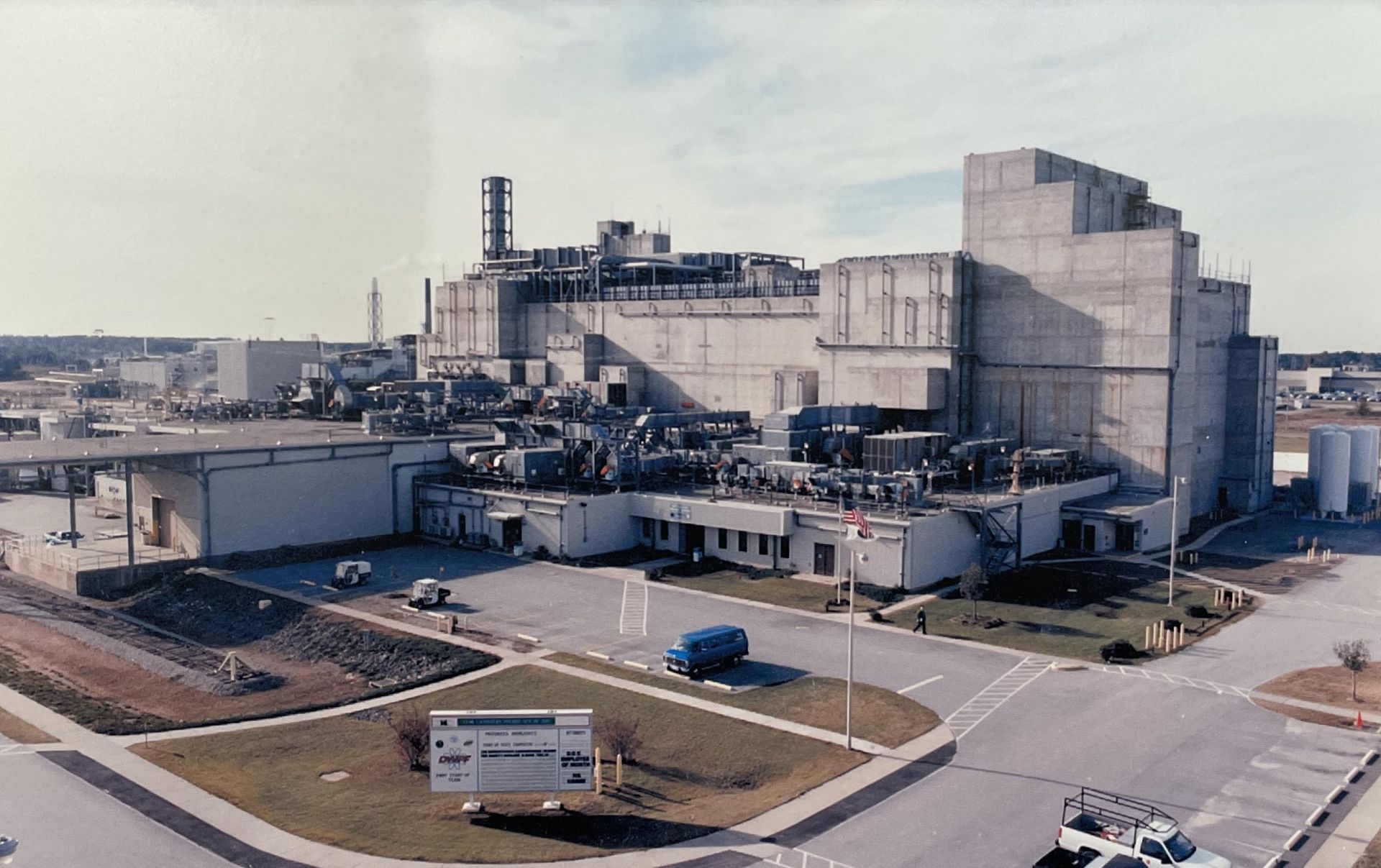
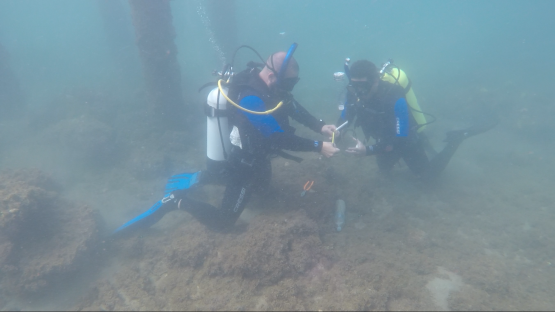
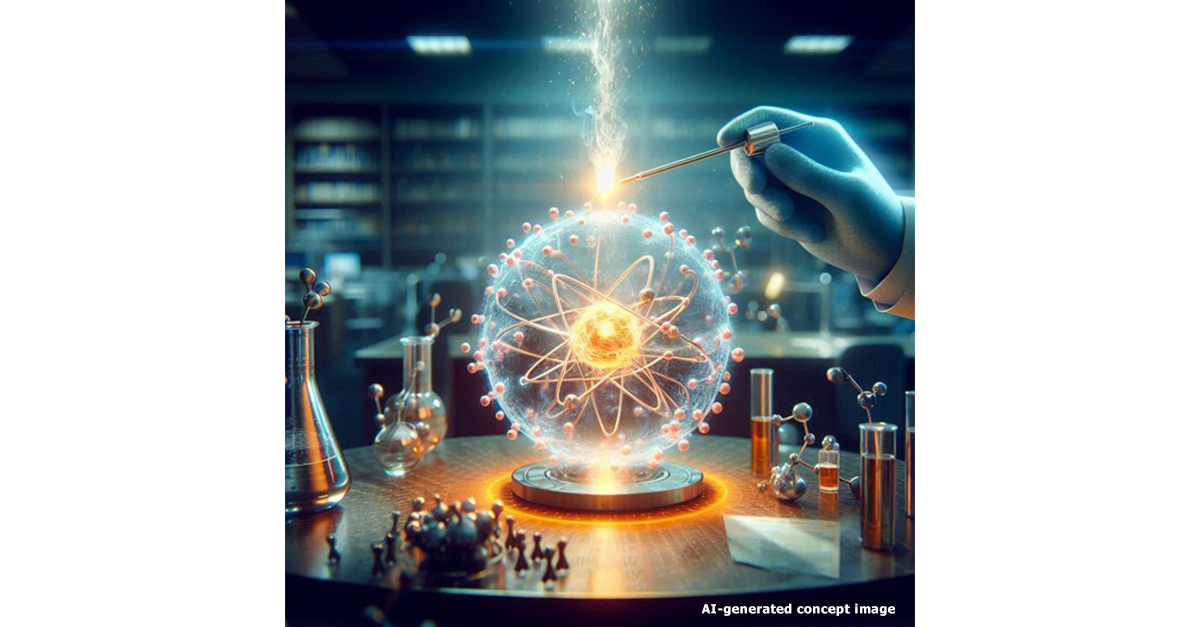

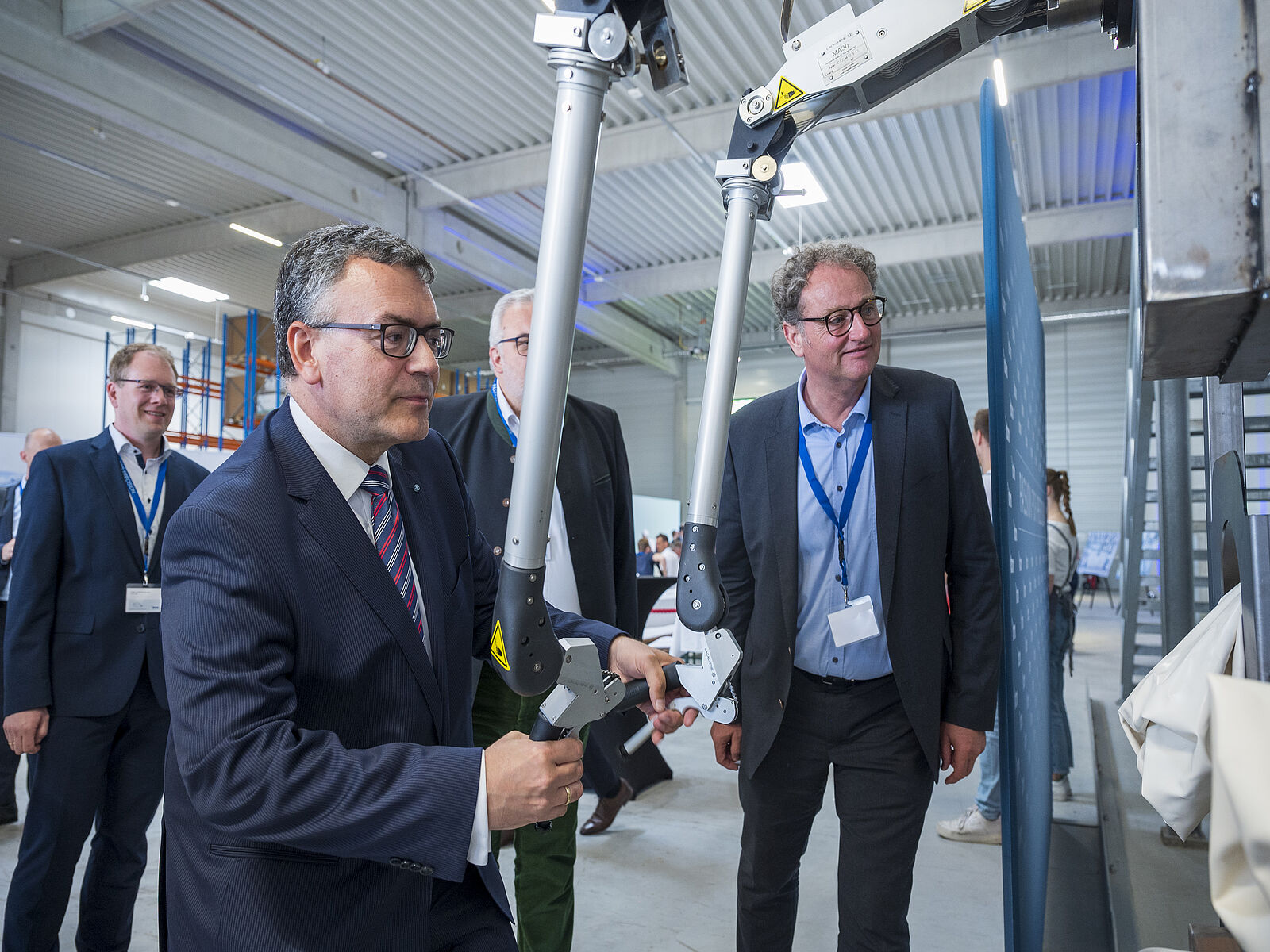
 One of the biggest challenges in the nuclear community identified by ANS in 2017 is the continuous availability of radioisotopes. Working to meet that challenge is the ANS-led Source Security Working Group (SSWG), an alliance of industry sectors—including energy, health care, and industrial radiography—that seeks to ensure continued access to radiological sources. The SSWG serves as a strong voice to protect the continued availability of radiological sources, ensuring that laws and policies are risk informed, science based, and support the highest levels of public health and safety.
One of the biggest challenges in the nuclear community identified by ANS in 2017 is the continuous availability of radioisotopes. Working to meet that challenge is the ANS-led Source Security Working Group (SSWG), an alliance of industry sectors—including energy, health care, and industrial radiography—that seeks to ensure continued access to radiological sources. The SSWG serves as a strong voice to protect the continued availability of radiological sources, ensuring that laws and policies are risk informed, science based, and support the highest levels of public health and safety. 
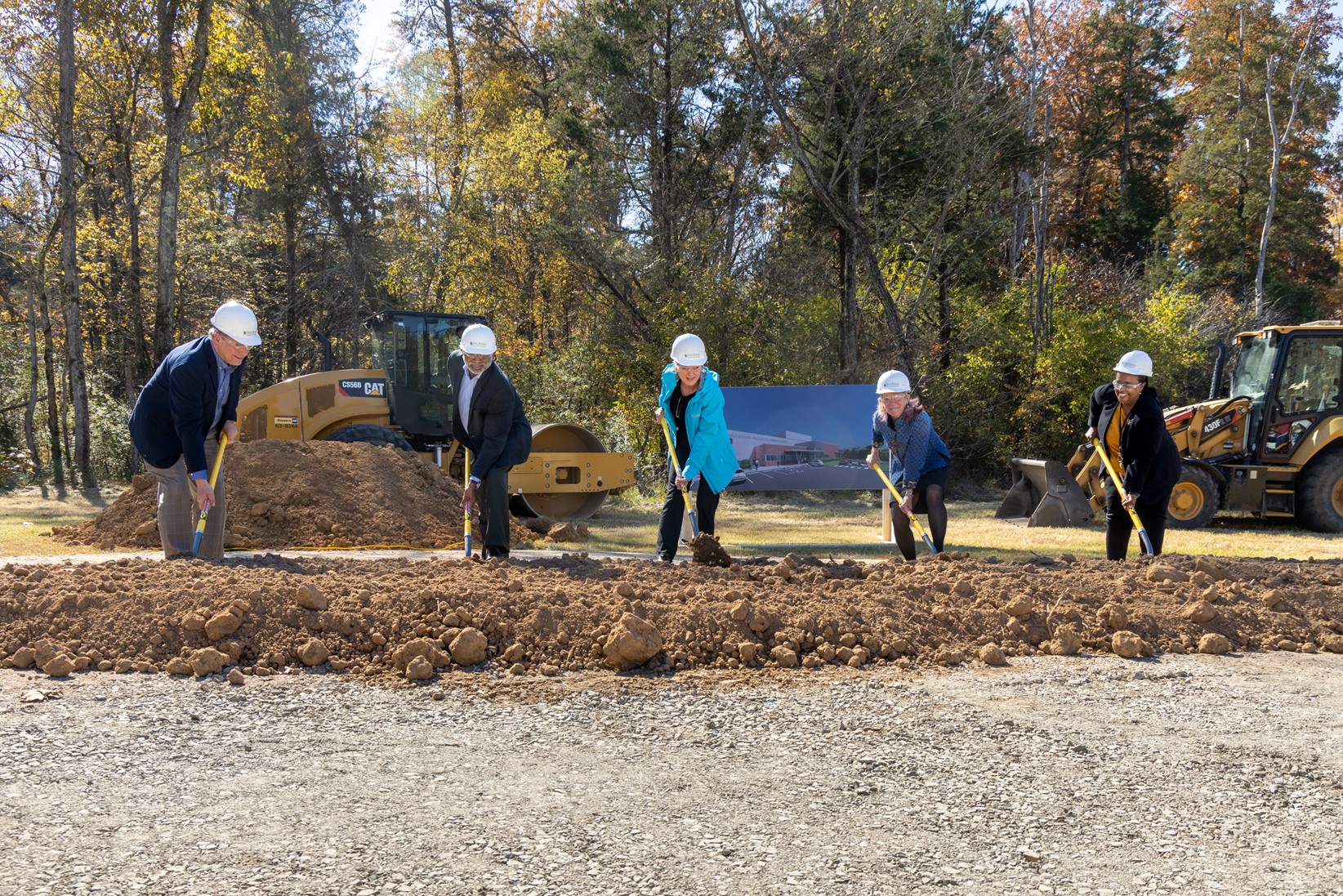
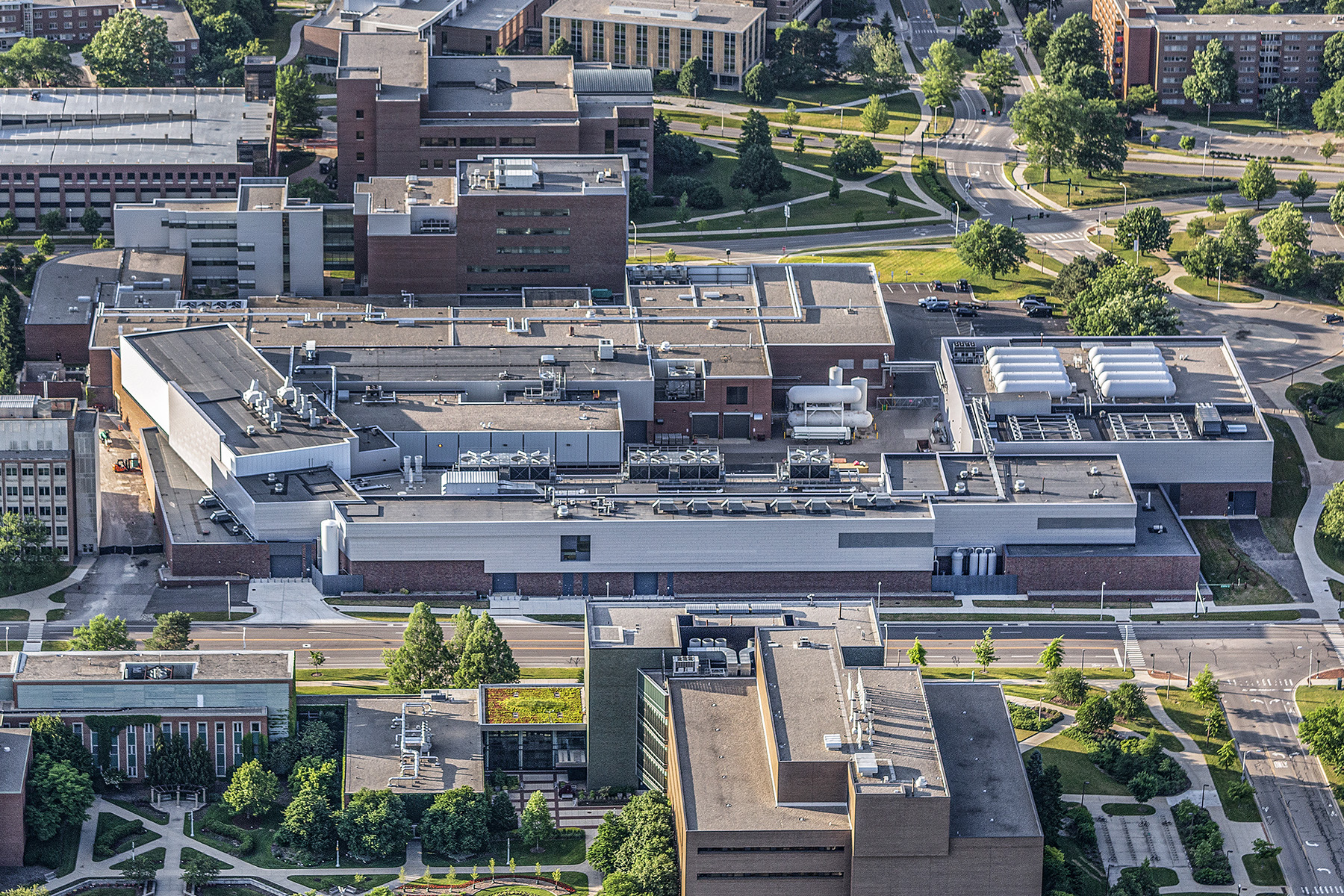

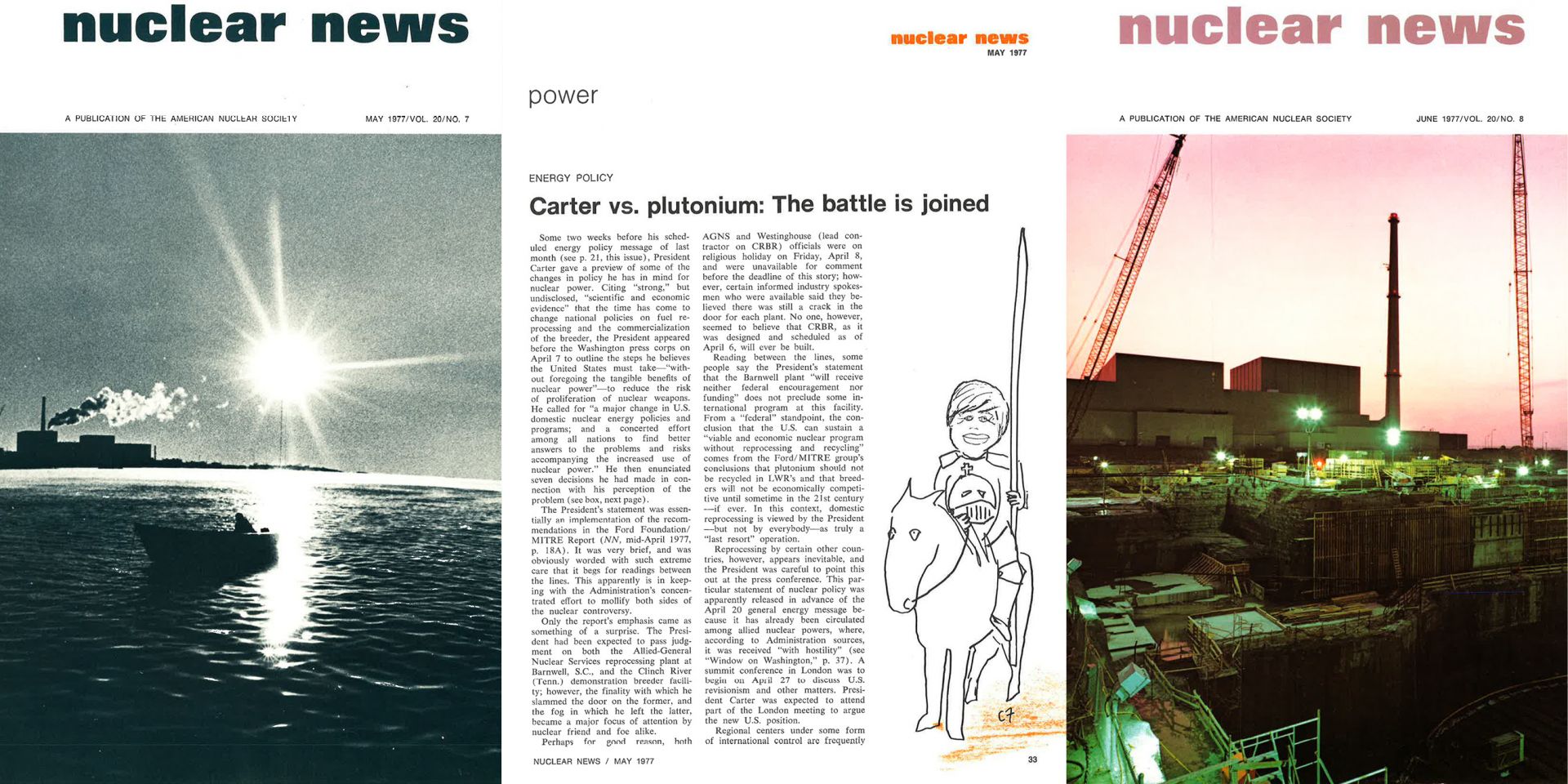
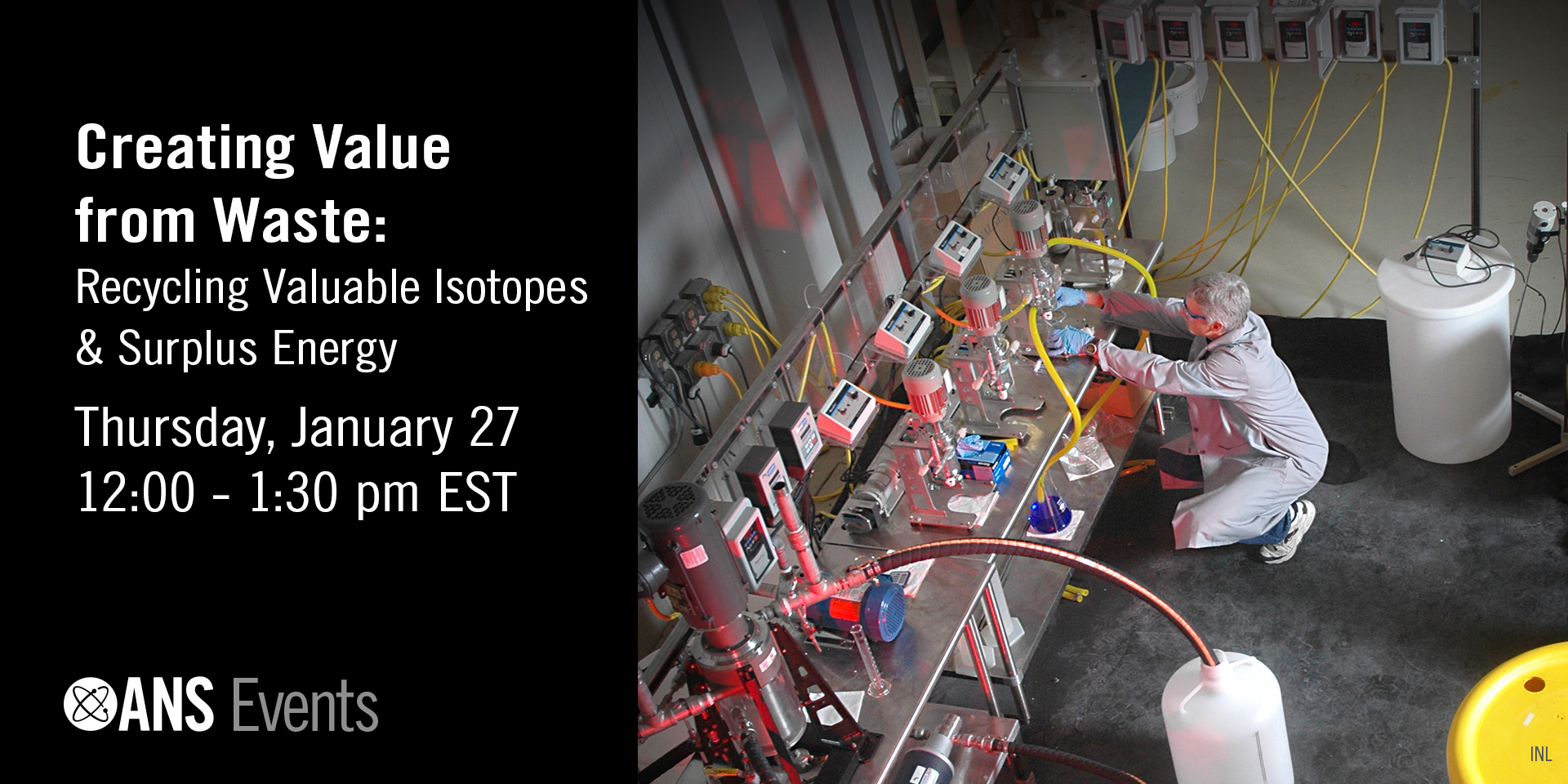
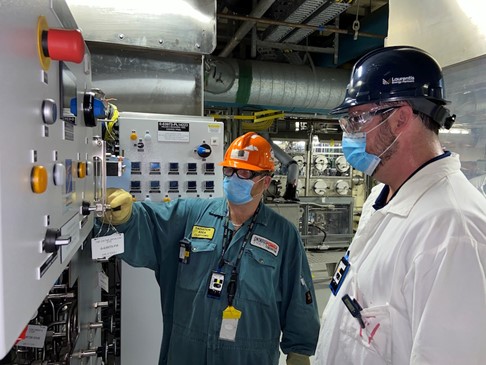. of OPG, and Michael Lefebvre, of Laurentis Energy Partners, examine tew He-3 extraction tool installed at Darlington NPP.jpg)
.jpg)
